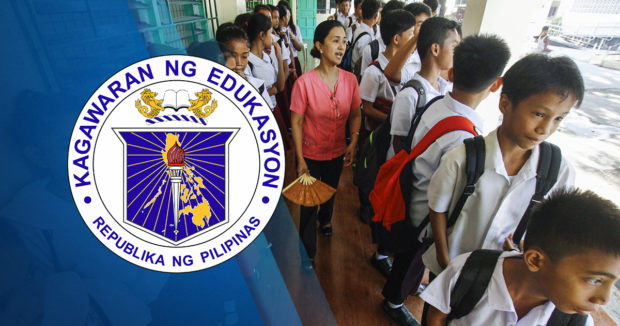50 schools in Central Visayas ready for in-person classes, sayd DepEd-7

But Dr. Salustiano Jimenez, director of DepEd-7, said it would still be up to the DepEd central office and President Duterte to approve their recommendation.
The schools included in the first batch, he said, were already preparing for the limited in-person classes.
Jimenez said the DepEd central office had yet to announce when the start of the new school year would be.
“Most likely, it will be held in August or September 2021,” he said.
Among those ready to hold in-person classes are parts of Cebu province, including the cities of Toledo, Bogo, and Carcar as well as portions of Negros Oriental, Bohol, and Siquijor.
Article continues after this advertisementCebu City, he said, would be included in the next batch.
Article continues after this advertisementThe city’s Emergency Operations Center (EOC) has identified 12 mountain barangays that are ready for in-person classes.
The EOC has been visiting mountain barangays that are least affected by the COVID-19 pandemic.
Since cases of COVID-19 in the city have dropped, Councilor Joel Garganera, the deputy chief implementer of the EOC, said they shifted to assessing the mountain barangays if certain restrictions could be lifted there.
He said students and parents in mountain barangays are struggling with the current arrangement because of slow connectivity while holding online classes.
Instead of in-person learning sessions that were suspended due to COVID-19, DepEd is implementing three types of distance learning: online, modular distance learning, and TV/radio-based instruction.
Under modular distance learning, printed modules are handed to and retrieved from the students weekly. The modules come with other reference books which schools used to lend to students.
On the other hand, in online distance learning, the teacher serves as the facilitator and engages learners through videoconferencing or live instruction.
The students may download materials, complete and submit assignments online, and attend webinars and virtual classes.
For TV/radio-based instruction, learning materials are converted to video lessons or radio scripts./###
LZB